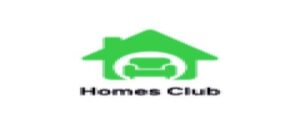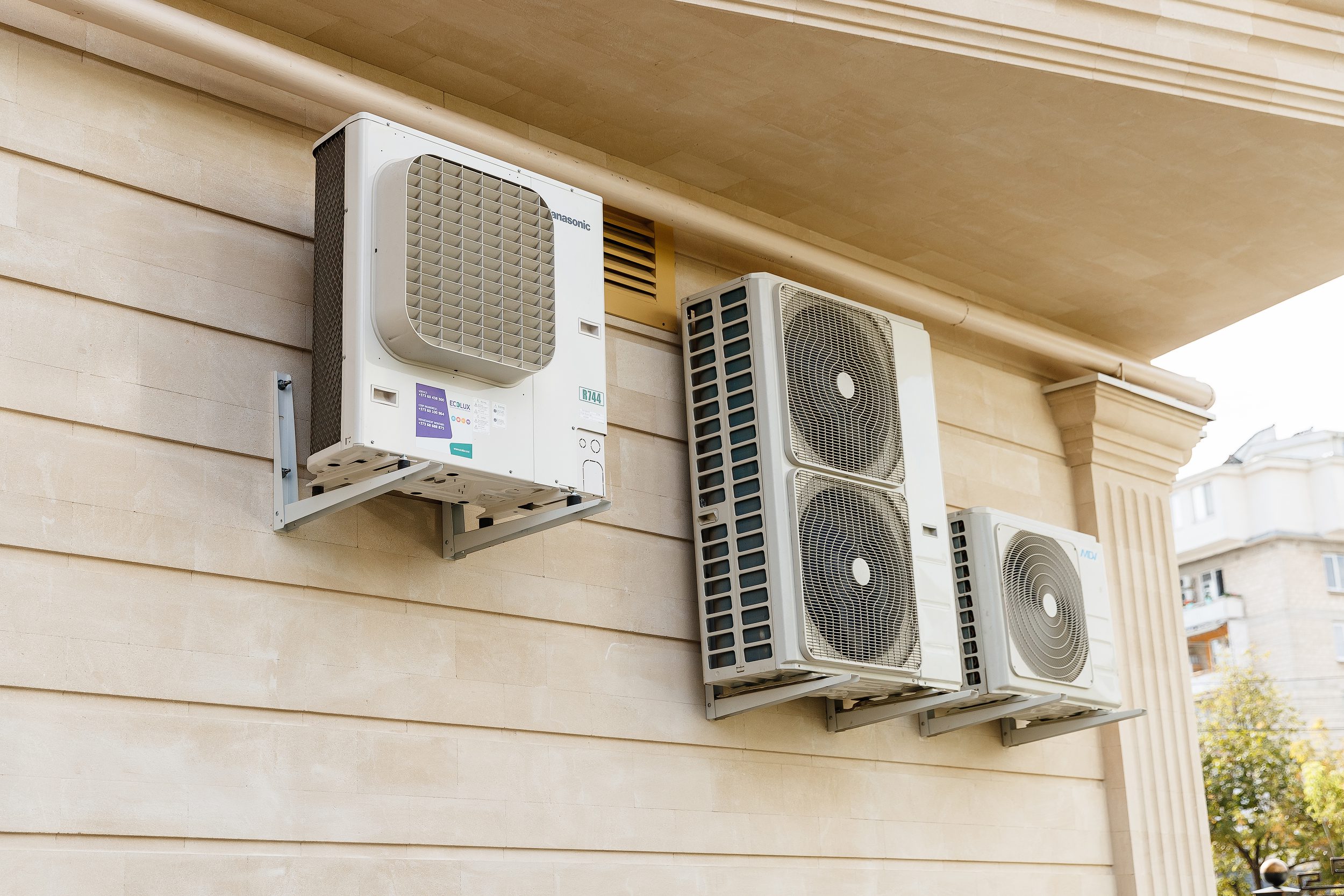The Montreal Protocol is an international treaty designed to protect the ozone layer by phasing out the production of a number of substances that are responsible for ozone depletion. One of these substances is chlorofluorocarbon (CFC), which is used as a refrigerant in air conditioners.
In 1987, nations around the world agreed to phase out the production of CFCs and other ozone-depleting chemicals.
The Montreal Protocol has been successful in reducing the production and use of CFCs, and as a result, the Antarctic ozone hole has begun to heal.
While the Montreal Protocol has been successful in reducing CFC emissions, there is still more work to be done. Air conditioners are one of the biggest sources of CFC emissions, and unfortunately, many countries have not yet taken action to phase out this harmful substance.
If we want to protect the ozone layer, it is essential that all countries take action to reduce their CFC emissions from air conditioners.
The EPA regulates air conditioning refrigerant under the Clean Air Act. The organization sets safety standards for the handling and disposal of this type of hazardous material. AC units that use Freon must be properly serviced by certified technicians in order to prevent leaks.
Improperly disposing of this harmful substance can damage the environment.
Sustainable Refrigeration
-The Epa (Environmental Protection Agency) Regulates Air Conditioning Refrigerant under the Clean Air Act
The EPA (Environmental Protection Agency) regulates air conditioning refrigerant under the Clean Air Act. The agency sets standards for the production and import of refrigerants, as well as for their use in motor vehicles and other products.
Under the Clean Air Act, the EPA has authority to regulate emissions of harmful pollutants into the air.
The agency uses this authority to set limits on the amount of certain pollutants that can be emitted from various sources, including automobiles and factories.
The EPA’s regulations on air conditioning refrigerant are designed to reduce emissions of these pollutants into the atmosphere. The agency requires that all new cars and trucks sold in the United States be equipped with systems that capture and recycle refrigerant gases.
In addition, the EPA regulates how much refrigerant can be released into the atmosphere during maintenance and repair activities. These regulations help to ensure that old or damaged air conditioners do not release large amounts of harmful chemicals into the air.
-The Department of Energy Also Has a Role in Regulating Air Conditioning Refrigerant, As It Sets Minimum Efficiency Standards for Appliances Like Ac Units
The U.S. Department of Energy (DOE) regulates air conditioning refrigerant under the authority of the Clean Air Act (CAA). The CAA requires that all appliances meet minimum efficiency standards, which are set by DOE. In addition to setting these standards, DOE also provides certification and testing programs to ensure that appliances meet these standards.
Air conditioners use a variety of different refrigerants, each with its own set of benefits and drawbacks. The most common type of refrigerant is chlorofluorocarbon (CFC), which is used in about 80 percent of all air conditioners. CFCs have been shown to cause damage to the Earth’s ozone layer, so their use is being phased out under the terms of the Montreal Protocol, an international treaty designed to protect the ozone layer.
The second most common type of refrigerant is hydrochlorofluorocarbon (HCFC), which is used in about 15 percent of all air conditioners. HCFCs are also being phased out under the Montreal Protocol because they too can damage the ozone layer.
The third type of refrigerant is hydrofluorocarbon (HFC), which is used in about 5 percent of all air conditioners.
HFCs do not damage the ozone layer but they are powerful greenhouse gases, so their use is regulated by the Kyoto Protocol, an international treaty designed to combat climate change.
DOE has established minimum efficiency levels for each type of refrigerant:
-Type I: must have an Seasonal Energy Efficiency Ratio (SEER) rating no lower than 9
-Type II: must have an SEER rating no lower than 12
-Type III: must have an SEER rating no lower than 14
All new central air conditioners sold in the United States must meet or exceed these efficiency levels; however, older units may still be in use that do not meet these standards.
-Ac Units That Use Refrigerants That are Damaging to the Ozone Layer are Regulated by the Montreal Protocol
-The Montreal Protocol is an international agreement to protect the ozone layer.
-The Protocol was agreed in 1987 and came into force in 1989.
-It has been successful in phasing out production of most ozone-depleting substances.
In response to public outcry over the depletion of the Earth’s protective ozone layer, world leaders came together in 1987 to sign the Montreal Protocol on Substances that Deplete the Ozone Layer. The treaty, which went into effect two years later, phased out production of nearly 100 chemicals known to contribute to ozone depletion.
The protocol has been credited with slowing the rate of ozone depletion and avoiding significant damage to human health and ecosystems.
It is widely considered one of the most successful international environmental agreements ever signed.
Despite its success, the fight against ozone depletion is not over yet. Some substances regulated by the Montreal Protocol are still being produced and used, albeit in smaller quantities than before.
Moreover, new threats to the ozone layer are emerging as a result of climate change.
As we continue working towards a sustainable future, it is important to remember the lessons learned from past successes like the Montreal Protocol. With concerted effort and international cooperation, we can overcome any challenge that comes our way.


Credit: insideclimatenews.org
Conclusion
The EPA regulates air conditioning refrigerant through the Clean Air Act. The CAA establishes National Ambient Air Quality Standards (NAAQS) for six common air pollutants, including ozone, particulate matter, and lead. The NAAQS set acceptable levels of these pollutants in the air we breathe.
When these standards are not met, the EPA can take steps to reduce emissions of the pollutant to protect public health and welfare.

